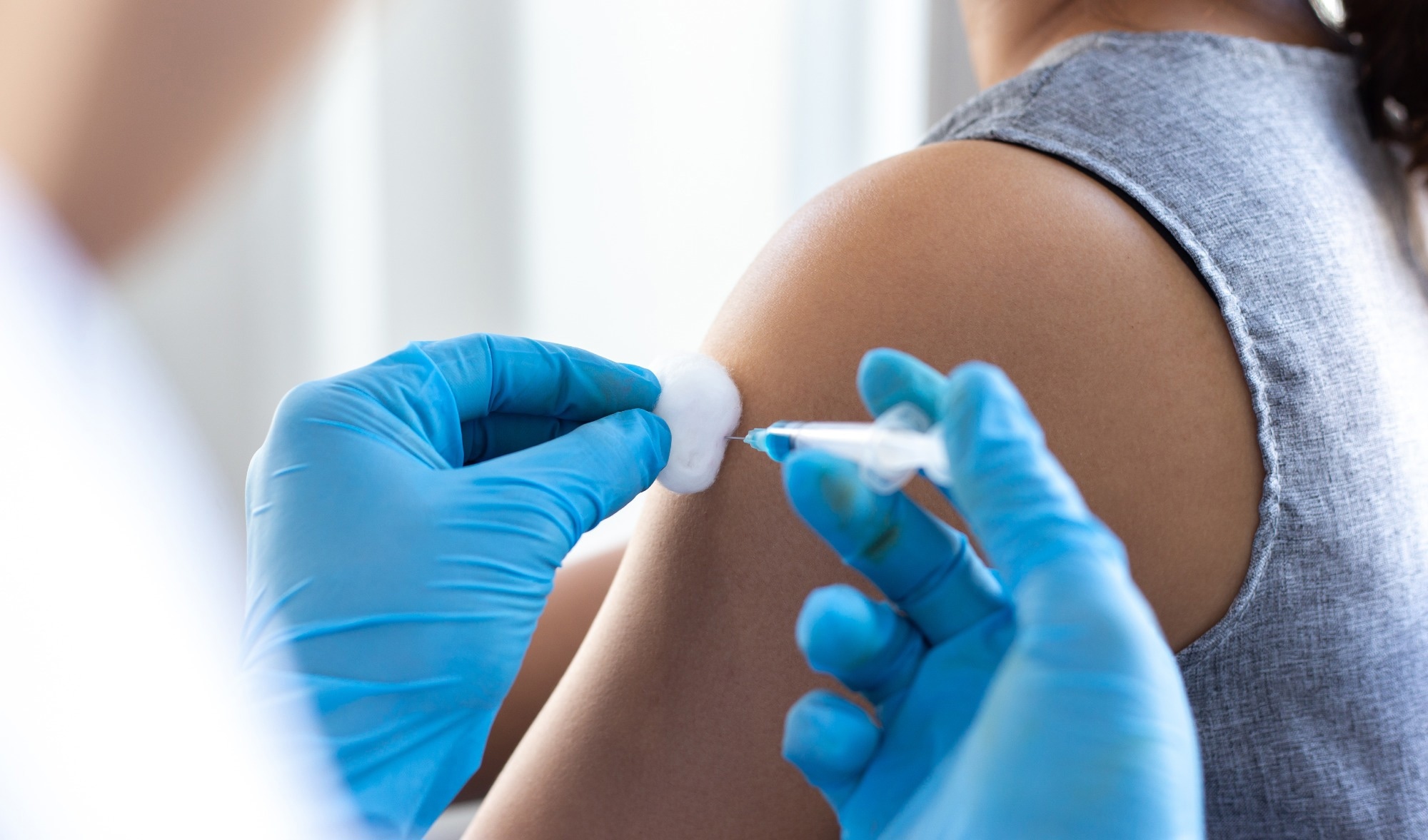In a recent study posted to the Preprints with The Lancet SSRN server*, researchers compared the variation in coverage of the Human Papilloma Virus (HPV) vaccine across 84 countries and its impact in lowering the burden of cervical cancer by analyzing the equity impact of the vaccine on the lifetime projections of the disease among the cohorts vaccinated between 2010 and 2022.
 Equity Impact of Human Papillomavirus Vaccination on Lifetime Projections of Cervical Cancer Burden Among Vaccinated Cohorts of 2010-2022 in 84 Countries: Modelling Study. Image Credit: 89stocker / Shutterstock
Equity Impact of Human Papillomavirus Vaccination on Lifetime Projections of Cervical Cancer Burden Among Vaccinated Cohorts of 2010-2022 in 84 Countries: Modelling Study. Image Credit: 89stocker / Shutterstock

 *Important notice: Preprints with The Lancet / SSRN publishes preliminary scientific reports that are not peer-reviewed and, therefore, should not be regarded as conclusive, guide clinical practice/health-related behavior, or treated as established information.
*Important notice: Preprints with The Lancet / SSRN publishes preliminary scientific reports that are not peer-reviewed and, therefore, should not be regarded as conclusive, guide clinical practice/health-related behavior, or treated as established information.
Background
Cervical cancer is among the five most prevalent cancers among women and also one of the major causes of cancer mortality, with statistics from 2020 reporting over 600,000 new cases and close to 350,000 deaths worldwide. In about 36 countries, it is associated with the most significant number of cancer mortalities, with low- and middle-income countries having the highest burden of cervical cancer.
Currently, there are six approved vaccines against HPV, with one nonavalent, two quadrivalent, and three bivalent vaccines. Some are effective against the most prevalent cancer-causing genotypes, while others are more effective against the high-risk HPV genotypes. Based on various clinical trials, the World Health Organization (WHO) has modified its HPV vaccine dosing regimen since its introduction in 2006, with the current recommendations consisting of a single or two-dose regimen for girls between the ages of nine and 14 years and women between the ages of 15 and 20 years, and a two-dose regimen for women over the age of 21 years.
About the study
In the present study, the researchers examined the variation in HPV vaccine coverage across countries and its impact in reducing the burden of cervical cancer. The global strategy by the WHO to eliminate cervical cancer consists of achieving 90% vaccination coverage among girls approaching 15 years of age, 70% vaccine coverage and 90% treatment coverage for precancer lesions among women between the ages of 35 and 45 years, and 90% treatment coverage for women diagnosed with cervical cancer.
The researchers analyzed the lifetime projected burden of cervical cancer among the cohorts of women vaccinated between 2010 and 2022 across 84 countries to understand the inequities in the coverage of the HPV vaccine and cervical cancer burden. Despite directives from the WHO, the implementation of the vaccination programs has varied across countries due to political, economic, socio-behavioral, and cultural factors.
The vaccination impact was assessed by determining the reduction in the number of cases and deaths and the disability-adjusted life years averted, for which the researchers estimated the decrease in the prevalence, incidence, and mortality of age-specific cervical cancer cases that are in direct proportion to the efficacy and coverage of HPV vaccines, and the distribution of the high-risk genotypes HPV16/18.
The national immunization coverage estimates from the WHO and the United Nations Children's Fund (UNICEF) were used for the analyses, and the study included estimates from 41, 26, 13, and four high-, upper-middle, lower-middle and low-income countries, respectively. Concentration indices and curves were calculated to determine the equity impact of the HPV vaccine across these countries.
Results
The findings reported stark inequities in the coverage of HPV vaccine across the 84 countries, with the health impact ranging from Switzerland to Tanzania at four to 47 cases, two to 34 deaths, and 40 to 735 disability-adjusted life years averted for every 1000 vaccinated girls below the age of 15. The concentration index for the average coverage distribution across the 84 countries between 2010 and 2022 was 0.33.
Countries with a comparatively higher burden of cervical cancer and, consequently, a more significant requirement for HPV vaccination showed a lower HPV vaccination coverage for the 12 years. Moreover, a significant proportion of the countries with the highest burden of cervical cancer have not yet included the HPV vaccine in their immunization programs. Of the 194 member countries of the WHO, 60 countries are yet to include the HPV vaccine in their immunization programs.
Despite the HPV vaccine being available since 2006, the lack of adequate vaccine coverage and implementation highlights the hurdles to fair and equitable access to vaccines in countries in the lower income groups. However, the latest recommendations from the Strategic Advisory Group of Experts (SAGE) of the WHO, which reported comparable protection levels between the one and two-dose regimens for adolescent girls, might reduce many of the challenges to achieving equitable HPV vaccine coverage in these countries.
Furthermore, vaccine supply has also been projected to increase, coupled with the latest SAGE recommendations, could help increase vaccine coverage in countries that already have incorporated the HPV vaccine in their immunization programs, and potentially extend to countries with no current HPV vaccination programs.
Conclusions
Overall, the study reported that the coverage of HPV vaccination remains highly inequitable across the world, with the countries with the highest burden of cervical cancer having the lowest coverage. However, the projected increase in vaccine supply and the latest recommendations from WHO SAGE for one-dose vaccination regimens are expected to contribute to lowering this inequity.

 *Important notice: Preprints with The Lancet / SSRN publishes preliminary scientific reports that are not peer-reviewed and, therefore, should not be regarded as conclusive, guide clinical practice/health-related behavior, or treated as established information.
*Important notice: Preprints with The Lancet / SSRN publishes preliminary scientific reports that are not peer-reviewed and, therefore, should not be regarded as conclusive, guide clinical practice/health-related behavior, or treated as established information.